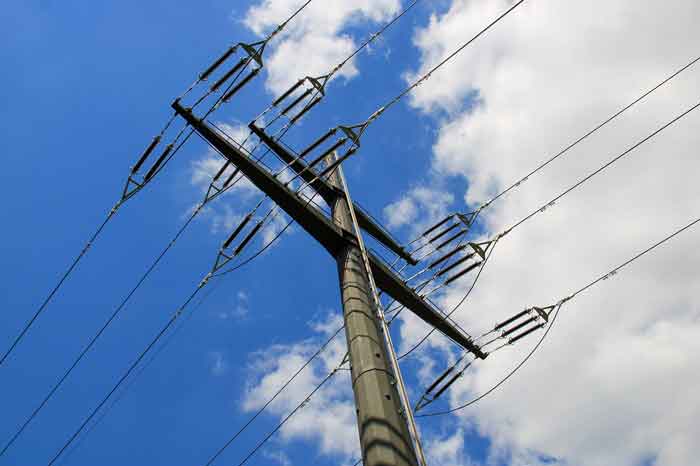Minnesota Signs Deal With Manitoba Hydro
WINNIPEG -- - The Minnesota Public Utilities Commission has unanimously approved a $1.7 billion power export deal with Manitoba Hydro.
It allows Minneapolis-based Xcel Energy to import power from Manitoba Hydro, despite the objections of aboriginal groups.
The 500-megawatt, 10-year deal was given the go-ahead.
It's an extension of an existing deal and will allow power to be exported until 2015.
Approval by Canada's National Energy Board is pending.
The Minnesota decision is a blow to the Pimicikamak Cree Nation of Cross Lake, Manitoba. They had asked the commission to first call a formal hearing into the social and economic impact of historic hydro development on their homeland.
Related News

Spain plans switch to 100% renewable electricity by 2050
MADRID - Spain 2050 Renewable Energy Plan drives decarbonisation with wind and solar, energy efficiency, fossil fuel bans, and Paris Agreement targets, enabling net-zero power, emissions cuts, and just transition measures for workers and coal regions.
Key Points
A roadmap to 100 percent renewable power by 2050, deep emissions cuts, and a just transition aligned with Paris goals.
✅ Adds 3,000 MW of wind and solar each year through 2030
✅ Bans new fossil fuel drilling, hydrocarbon extraction, and fracking
✅ Targets 35% energy efficiency gains and 35% green power by 2030
Spain has launched an ambitious plan to…




